In a world where digital is the new normal, affiliate marketing has emerged as a superhero cape everyone wants to wear.
Why?
Because it’s the golden ticket to passive income and freedom to work from wherever your heart desires, not just tied down to the corporate cubicle.
Not bad, right?
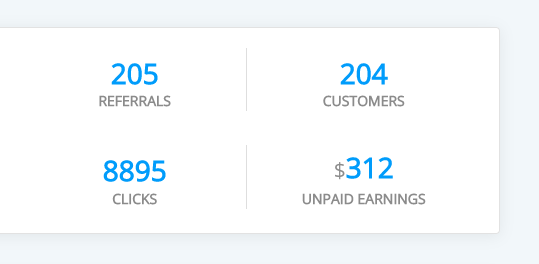
But before we get carried away daydreaming about sipping margaritas on a beach, let’s get our feet firmly on the ground and start understanding what affiliate marketing is all about.
Ready? Let’s dive in!
What Is Affiliate Marketing
In the simplest terms, affiliate marketing is like being a middleman between a customer and a retailer.
It’s about promoting other people’s products or services, and earning a commission when someone makes a purchase through your unique referral link.
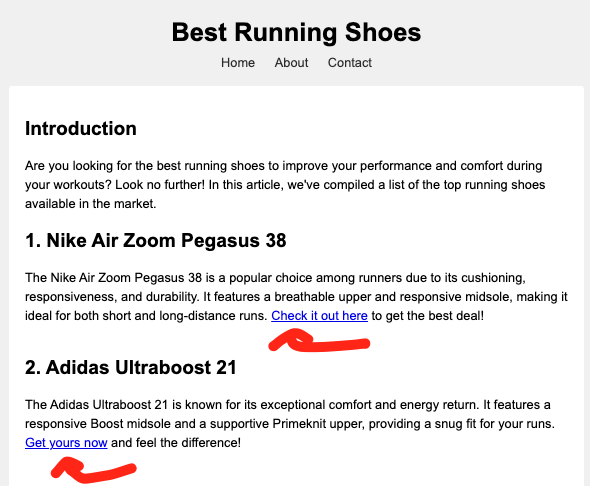
As an affiliate, you’re the matchmaker between a consumer and a product. No need to create a product or offer a service yourself. You just connect the dots!
Now, let’s break it down a little further.
3 Main Pillars of Affiliate Marketing
To make up an affiliate program, you need merchants, affiliates, and consumers.
Let’s take a closer look at these main pillars and an illustrative example.
#1 Merchants
Affiliate marketing starts with merchants. These are the product creators, the sellers, the brands, or the vendors.
These can be big companies like Amazon or small independent Etsy crafters.
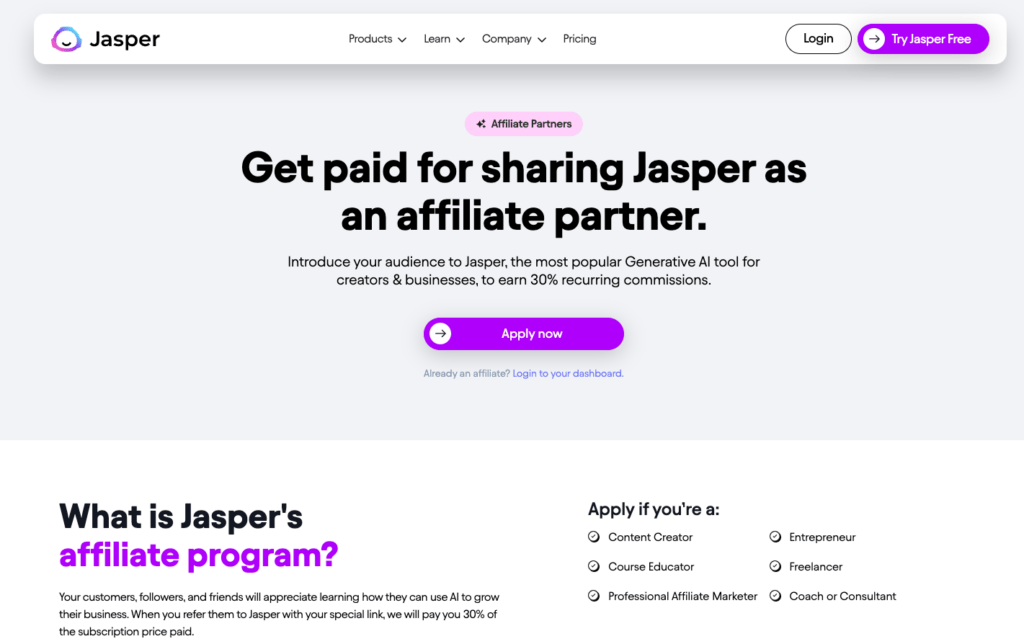
Anyone who sells products online can set up an affiliate program.
The goal of a merchant is to outsource parts of the marketing process to independent content creators that do not work for the company.
#2 Affiliates
Affiliates can be bloggers, influencers, or any individual willing to promote a product or service. Heck, they can even be other companies.
You don’t need to be a big shot to be an affiliate. As a matter of fact, many affiliate programs don’t even require you to have an audience to join.
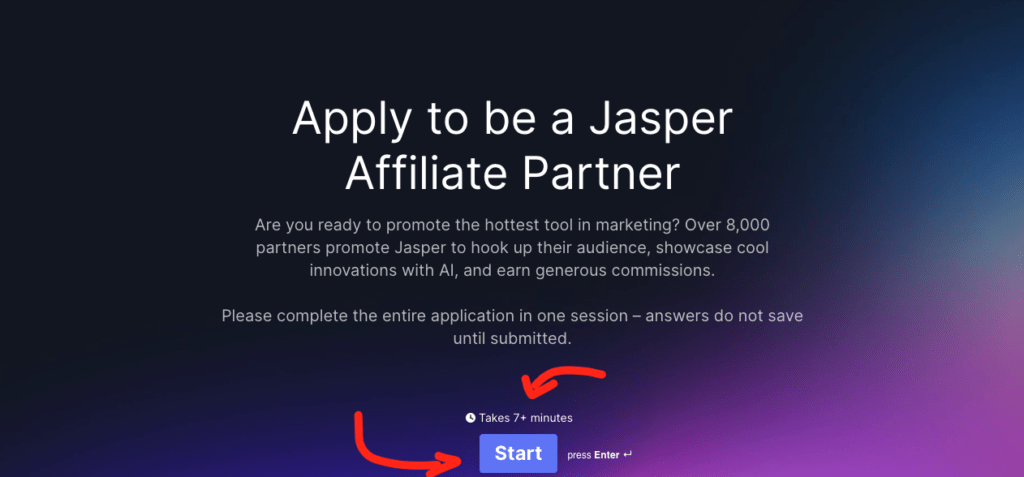
However, generally, it’s ideal to have an established audience that is interested in a particular niche.
As long as you have a platform (like a blog, a YouTube channel, or an Instagram account) where you can promote a product and a willing audience, you can become an affiliate.
👉 Make sure to read also: Blogging vs Youtube
#3 Consumers
Consumers are the ones that buy the product or service using the affiliate’s link.
For example, a blog post like “Best Running Shoes” might list the 15 best running shoes and have affiliate links to the shoes. The author then earns a commission if someone buys a pair.
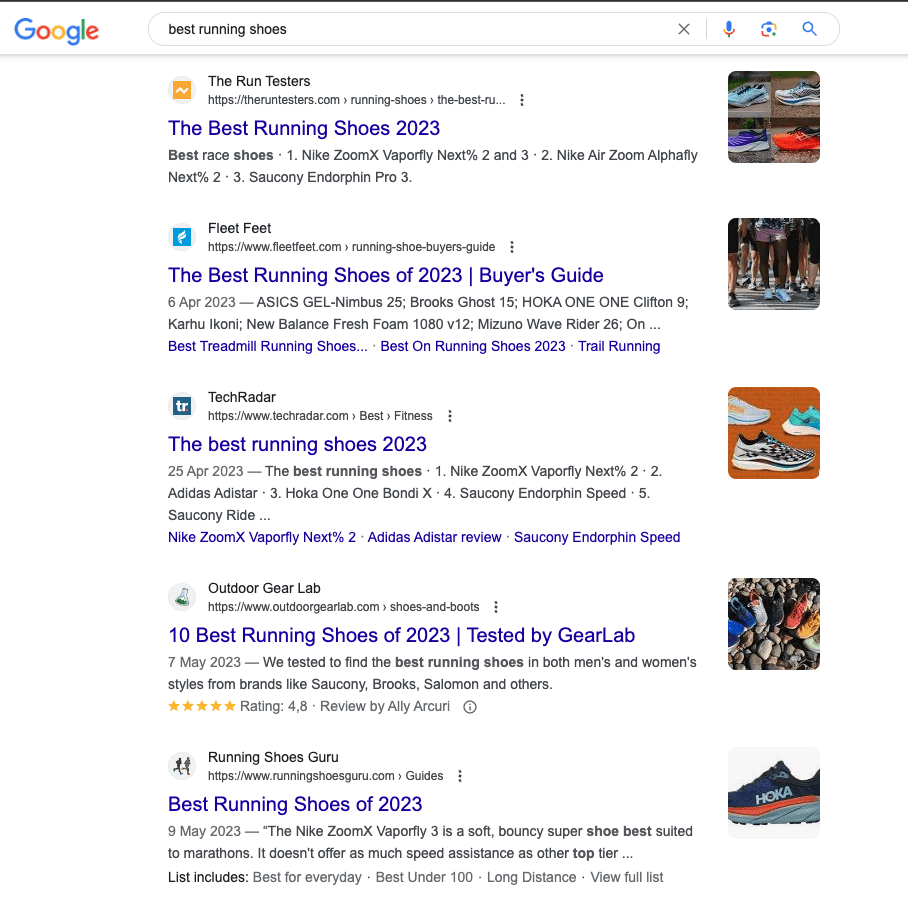
One of the coolest parts of affiliate marketing is that it comes at no cost to consumers. They might even score some extra discounts if the affiliate has a special deal with the merchant.
Example
Let’s say there’s a T-Shirt that costs $20.00.
Then Bob who runs a blog makes an affiliate deal with the T-Shirt merchant and gets a 10% commission per sale. In addition, the affiliate deal promises the buyers a 20% discount only by using Bob’s link.
When someone makes a purchase, they get 20% off, so the price is only $16.00. Besides, the merchant pays $1.6 for Bob. So the company only makes $14.40 per shirt.
But this can be great for all parties involved.
#1 The merchant makes automated sales thanks to affiliates.
#2 The consumer gets a 20% sale.
#3 The affiliate makes a commission passively from people reading their blogs
Affiliate Marketing Is Everywhere
Even if you just heard about affiliate marketing for the first time, you’d be surprised at how often you encounter it every day.
Have you ever read a blog review about a product with a handy little link to purchase it?
Affiliate marketing.
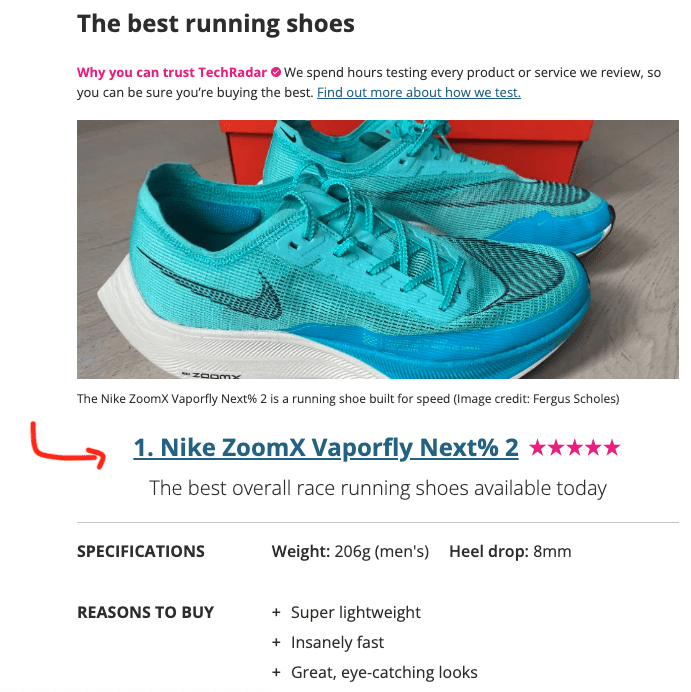
Watched a YouTuber recommend their favorite skincare products with links in the description?
Affiliate marketing.
Even that Instagram influencer you love, who shares links to their outfits?
Yep, you guessed it, affiliate marketing.
Affiliate marketing is so seamlessly woven into our online experiences that, as consumers, we hardly even notice it. But as you’re about to discover, it’s a powerful tool for online earners.
How to Start Affiliate Marketing
Alright, time to get down to the nitty-gritty.
You’ve now got a basic grasp of what affiliate marketing is. It always involves a seller, an content creator, and a target audience of potential customers.
Now, let’s see how this whole operation works step by step.
This part describes how anyone can start affiliate marketing.
#1 Choose a Product
As an affiliate, your first mission is to pick a product or service that you like and think your audience will love too.
It’s essential to keep it relevant to your audience’s interests. Promoting products that aren’t relevant to a niche will yield incredibly bad results.
If you’re a fitness blogger, promoting a random gardening tool might leave your audience scratching their heads.
On the other hand, promoting a calculator to someone who searched for “Best Calculators” might do wonders!
Choosing affiliate products is easy. Just search for affiliate programs in a niche or related to a specific product.
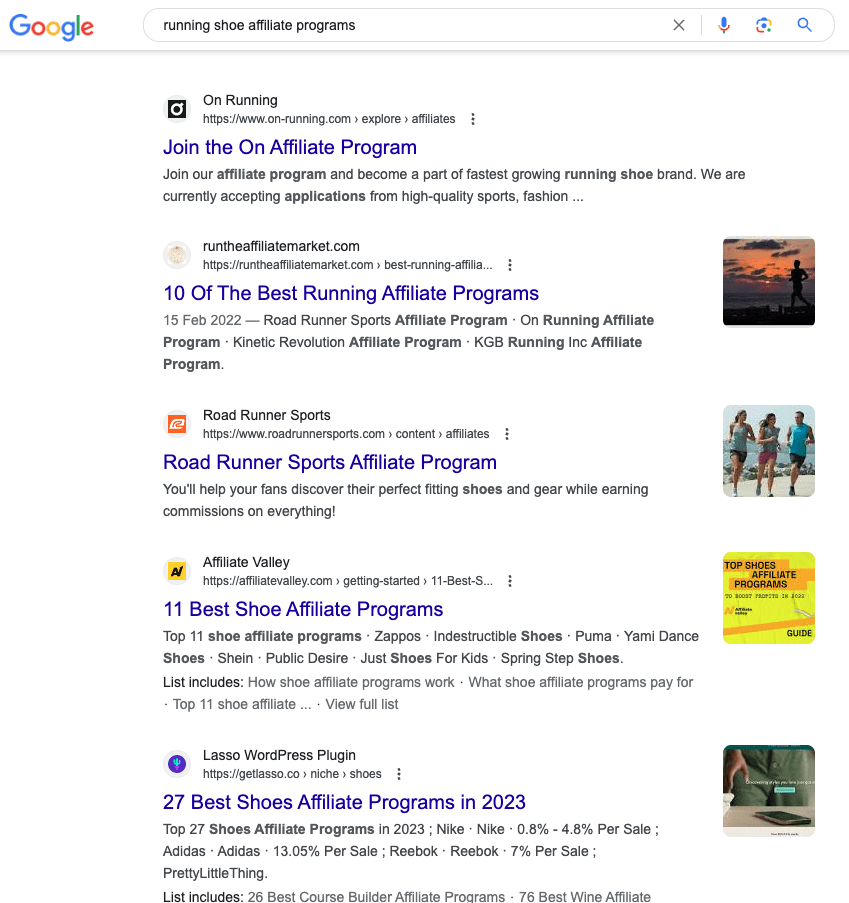
#2 Sign Up for the Affiliate Program
Once you’ve chosen your product or service, you’ll need to apply for the merchant’s affiliate program.
They’ll give you a unique affiliate link that tracks every purchase made by your audience.
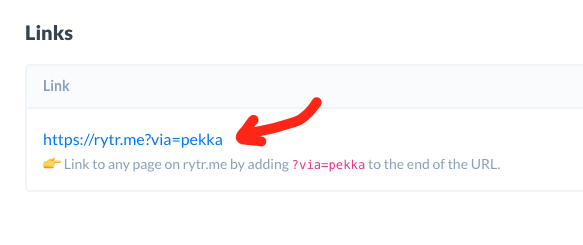
Some affiliate programs only accept a portion of applicants.
On the other hand, there are many affiliate programs that accept basically everyone to the programs.
Last but not least, there are affiliate networks you can join too. These are networks of thousands of affiliate products.

For example, if you didn’t get accepted to Product A’s affiliate program, chances are you can still promote the product in Network N.
#3 Promote
This is the funny but also time-consuming part.
You need to start promoting your affiliate partner’s product.
You can write a review blog post, make a YouTube video, share a social media post, or send an email to your newsletter list. Just remember to include an affiliate link to the promotions (and disclose them)! 🙂
#4 Audience Makes a Purchase
If one of your audience members clicks on your affiliate link and decides to make a purchase, that’s when you make a commission.
The best part is that usually, this happens 100% automatically.
For example, let’s say you have a Youtube video that gets 1,000 views a day.
If 0.5% of the video viewers buy a product from your affiliate link in the video description, you earn 5 commissions every day. This could mean tens or even hundreds of dollars depending on the affiliate programs.
For example, here are my earnings for one of my affiliate posts that took about 5 hours to write. In this post, I promote StockPhotos AI image upscaler tool.
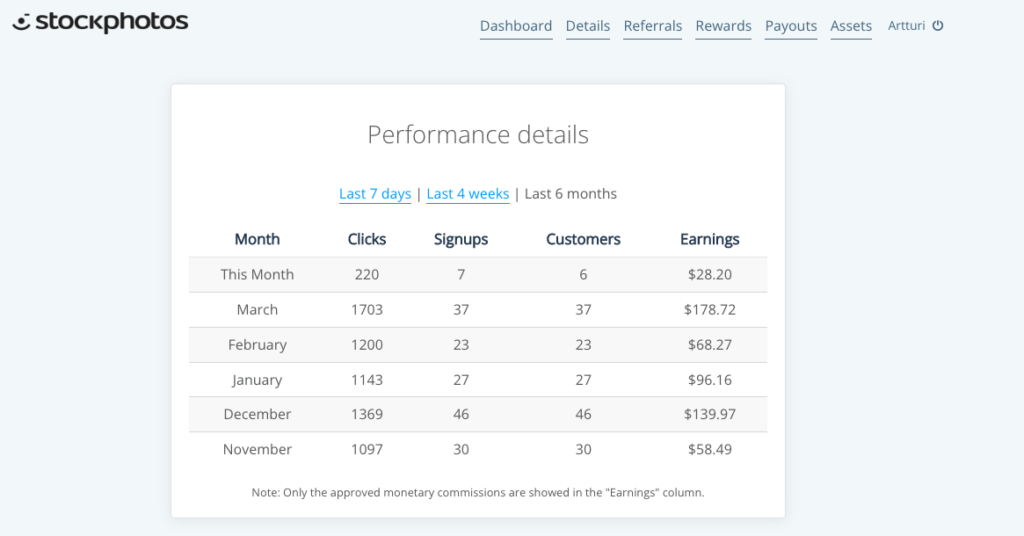
Of course, affiliate marketing isn’t this easy. It’s definitely not a get-rich thing.
To make affiliate marketing work, you need to spend hundreds or thousands of hours establishing yourself as an authority in a niche on YouTube or Blog.
Benefits of Affiliate Marketing
Affiliate marketing might seem like a whole new universe to explore, but don’t let that put you off.
This universe is packed with awesome benefits for everyone involved – merchants, affiliates, and even consumers.
Let’s unpack some of these perks!
#1 Passive Income
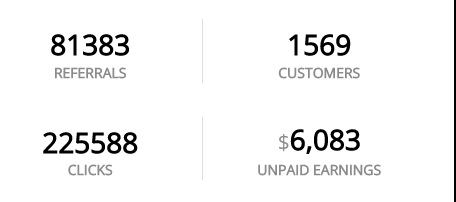
Here’s the dream scenario:
- You create content and use your affiliate link in it
- Someone discovers the content months later
- They make a purchase
- You make money while watching your favorite Netflix show
That’s the beauty of passive income. The content you create today can keep earning for you long into the future.
Here are the greatest benefits for affiliates:
- 👍 No Need to Create a Product or Service: No time to create your own product or service? No problem. Affiliate marketing lets you earn money by promoting stuff that others have created.
- 👍 Work from Anywhere: As long as you’ve got an internet connection, you can be an affiliate marketer. Even if you’re chilling at home in your pajamas, you can keep earning.
- 👍 Flexible Schedule: Unlike a typical 9-5 job, affiliate marketing lets you work on your own terms. Want to work at midnight when everyone else is asleep? Go for it. You’re the boss here.
#2 Increased Sales
Next up, let’s consider some of the benefits of affiliate marketing in the eyes of merchants.
- 👍 Increased Sales: Affiliates help merchants reach a broader audience, which can lead to more sales. It’s like having an army of marketers, all working on commission.
- 👍 Cost-Effective Marketing: Merchants only pay commissions when a sale is made. This makes affiliate marketing a very cost-effective strategy, as there’s no risk of wasting the budget on ineffective advertising.
- 👍 Brand Awareness: Even if a consumer doesn’t make a purchase right away, they become aware of the brand through affiliates. This increased exposure can lead to future sales.
Look at a big banner that an affiliate post has about Jasper, the AI writing company:

Even if this doesn’t convert customers, people will for sure remember to have seen it!
#3 Benefits for Consumers

Last but not least, let’s take a look at how affiliate marketing benefits customers.
- 👍 Helpful Recommendations: Consumers can discover great products and services they might not have found themselves. If they trust the affiliate’s opinion, this can save them time and help them with purchase decisions.
- 👍 Access to Discounts: Affiliates often offer special deals or discounts that consumers can’t get elsewhere. Who doesn’t love a good bargain?
To put it short, affiliate marketing can be a win-win-win situation for all parties involved.
Passive income for affiliates.
More sales and brand awareness at no budget for the companies.
Discounts and useful products/reviews for the consumers.
Building a Successful Affiliate Business
So, now that we know all about the ‘what’ and ‘why’ of affiliate marketing, let’s get to the juicy part – the ‘how’.
How can you build a successful affiliate marketing strategy? Let’s jump into it!
#1 Choose the Right Products to Promote
Choosing the right product is like picking a good book – it needs to resonate with you and your audience.
Select products or services that align with your niche and your audience’s interests.
Remember, authenticity is key in affiliate marketing. Promoting products you believe in will make your job much easier, and your audience will appreciate your genuine recommendations.
#2 Build an Audience
Having an audience is like having a secret superpower in affiliate marketing. The more targeted and engaged your audience, the higher your chances of making sales.
So, how do you build an audience?
It starts with creating quality content that provides value, using blogging skills to attract organic traffic, and leveraging social media platforms to reach more people.
One example is by building an affiliate blog.
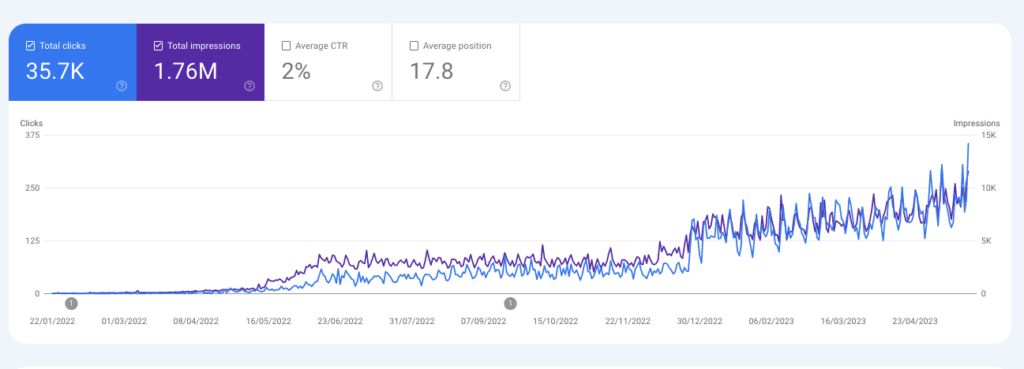
But this is the time-consuming part.
It’s a full-time job rather than a get-rich-quick setup. It will take months or years of hard work before making any reasonable affiliate commissions.
Going money first is not a good idea when doing affiliate marketing, though!
Even though you might “want to become an affiliate marketer”, your real goal is to “write content and solve problems”.
You need to make a space better with your content before you can start earning with affiliate marketing. Going money first is a bad idea!
#3 Develop Relationships
People buy from people they trust.
The same rule applies to affiliate marketing. If you want your audience to take your recommendations seriously, you need to establish credibility.
Be honest in your reviews, disclose your affiliate relationships, and always prioritize providing value to your audience.

Building trust takes time, but it’s the cornerstone of a successful affiliate marketing business.
#4 Track and Optimize Your Performance
Just like any business, keeping track of what’s working and what’s not is vital in affiliate marketing.
Most affiliate programs or networks provide performance data like click-through rates (CTR) and conversion rates.
Analyzing these metrics can help you understand your audience’s behavior and optimize your strategy for better results.
Some pieces of content might bring a ton of customers while others might bring nothing at all.
Building a successful affiliate marketing strategy isn’t rocket science, but it does require effort, patience, and a dash of creativity.
Challenges With Affiliate Marketing
Just like any business endeavor, affiliate marketing comes with its own set of challenges.
It’s not all smooth sailing, but don’t worry – I’ve got your back.
Let’s explore some of the common obstacles you might face and some tips to overcome them.
#1 Finding the Right Affiliate Program
One of the first hurdles you might encounter is choosing the right affiliate program.
There are thousands of programs out there, and not all are created equal.
Some might offer enticing commission rates but have a poor reputation or low-quality products.
Also, many products don’t have affiliate programs in the first place.
#2 Research
Research is your best friend.
Before joining an affiliate program, look at the quality of its products or services, its reputation, the support they provide to affiliates, and, of course, its commission structure.
Also, you need to make sure there’s space to promote the products.
If you want to start a blog that promotes VPNs, good luck with the other 10,000+ blogs doing the same.
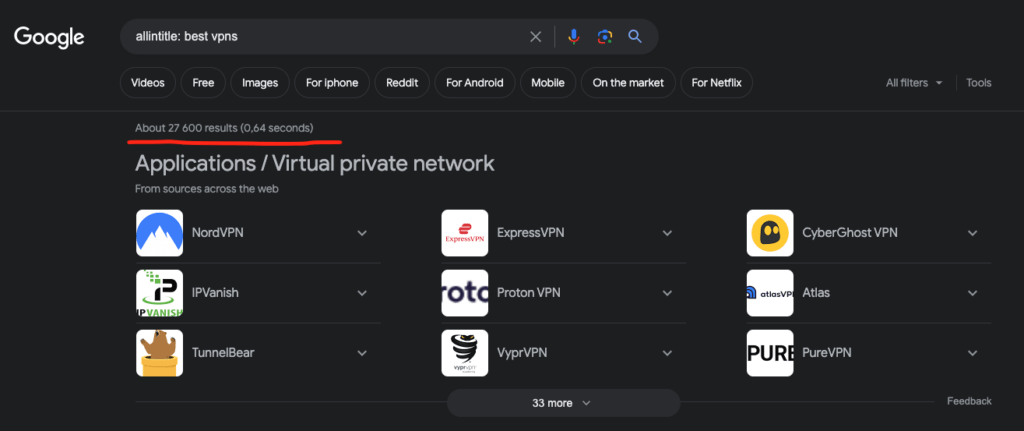
Last but not least, you need to take a look around and see how other affiliates are promoting the products. Coming up with something effective from scratch is really hard.
It’s just easier to see what others are doing and put a little twist on it.
#3 Building an Audience
Building a dedicated and engaged audience isn’t easy. It takes time, effort, and a ton of patience.
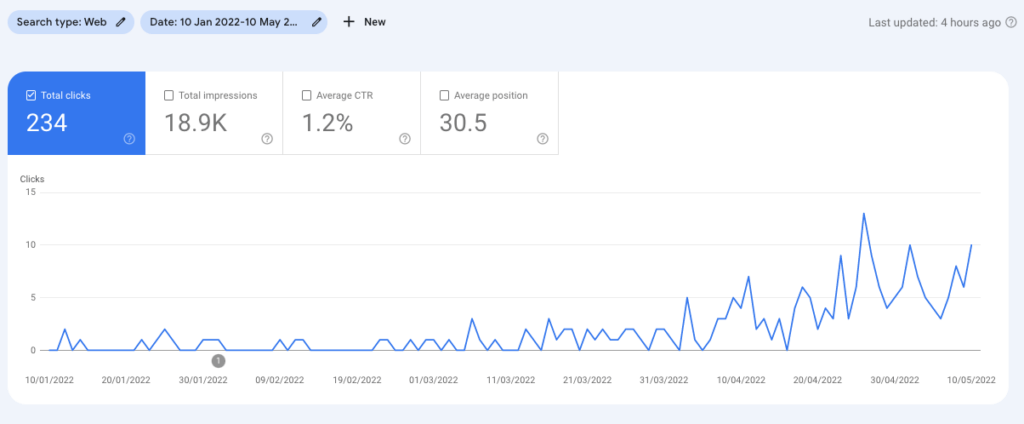
Affiliate marketing is a full-on business. It takes months or years to work. 99% give up before making a dollar.
But luckily, affiliate marketing is relatively straightforward. Just create high-quality, valuable content that your target audience finds useful or entertaining.
You don’t need to be a professional blogger or YouTuber to pull this off. There are tons of great guides and resources you can check to start learning.
But the amount of work you need to do before earning a dime can be overwhelming.
#4 Trends and Changes
The digital marketing landscape is constantly changing, and what worked a year ago might not work today.
As an affiliate marketer, you need to stay updated with the latest trends and changes in your niche and the affiliate marketing industry as a whole.
For example, Fidget Spinners was once a thing but it died down quickly.
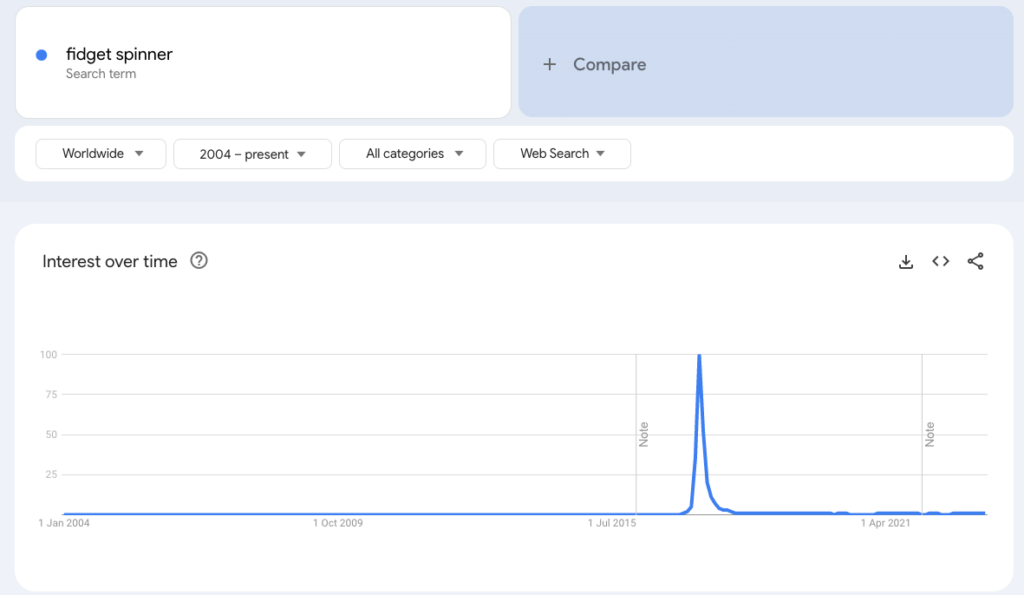
Follow reputable affiliate marketing blogs, attend webinars or workshops, and join affiliate marketing communities.
The more you learn, the better equipped you’ll be to adapt to changes and stay ahead of the competition.
Wrapping Up
And there you have it, folks! 🎉
That’s our journey through the world of affiliate marketing, from understanding the basics to tackling the challenges.
Now you’re well-equipped with the knowledge to embark on your own affiliate marketing adventure. 🚀
Remember, affiliate marketing is more than just making money 💰.
It’s about building relationships with your audience and providing them with value.
It’s about learning, growing, and evolving as the digital landscape changes. And most importantly, it’s about having fun along the way. 😄
Starting an affiliate marketing business might seem like a big leap, but with the right mindset and the willingness to put in the effort, it can be a rewarding venture.
Plus, remember you’re not alone in this journey.
There’s a whole community of affiliate marketers out there ready to share experiences, tips, and advice. So, don’t be shy to reach out and learn from them. 🤝
Now, it’s time for you to take the plunge. Get out there, choose your products, build your audience, and start promoting.
Remember, every big journey starts with a single step. 🏃♀️🏃♂️ And who knows? Your next step could lead you to affiliate marketing success! 🌟
Until next time, happy affiliate marketing, folks!
